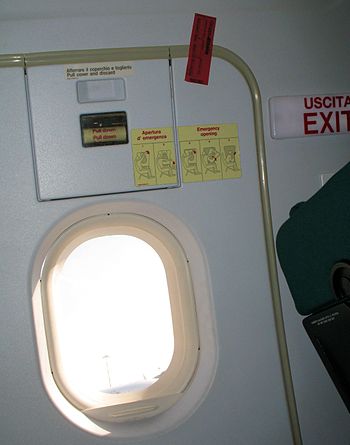 |
| Photo: Wikimedia |
All beginner airbrush artists should understand the parts of their airbrushes and what these parts do. After all, how can you create great airbrush art if you do not truly understand your airbrush equipment? Take the time to gain knowledge of all the parts of your airbrush will help you to learn how to properly work your airbrush and also how to take care of it.
If your airbrush is an internal mix then it will have a needle. The purpose of the needle is to control the paint flow. Any damage to your needle can cause very bad paint spray patterns. It is important to keep your needle from getting bend and either straightening the needle or replacing the needle.
The air cap and head assembly are on the front of your airbrush and they cover the tip of the needle. The purpose of these parts is to control the atomization of the paint spray. Should these parts become dented or damaged in any way you should replace them immediately. Damage to the air cap and head assembly will affect the performance of your airbrush. Thus like the needle, you will be unable to create desirable airbrush art. Both the needle, air cap and head assembly can be purchased at almost any craft or hobby shop that sells airbrushes and airbrush parts.
The airbrush trigger is what allows you to actually operate the airbrush. In a single action airbrush, the trigger controls the air flow. In a dual action airbrush, the trigger controls both the air flow and the paint flow. Beginners should really take the time to practice how the trigger works so that they can perfect their ability to airbrush. Your airbrush will have a back lever as well that acts to shut off the air flow and paint flow when the trigger is released. If this should become damaged then you could have serious problems with your airbrush. Don't worry though it is not hard to replace these parts should there be any damage.
Your airbrush will have a handle on which you can hold onto the airbrush with. Airbrush models come with either a solid handle or a handle with an opening. The purpose of this opening is so that you can adjust the needle without removing the handle in a single action airbrush. Most experienced airbrush artists will actually take their handle off so that they can deal with clogging issues without delay. So the choice is yours as to whether or not you want the handle on or off of your airbrush while you are creating airbrush art.
Pay special attention to the threads on your airbrush. The threads are located on the head assembly and where the air hose connects to your airbrush. If these threads should ever become cross-threaded then you could end up with an air leak. An air leak will affect the function of your airbrush so make sure to take care not to cause any cross-threading in these areas.

